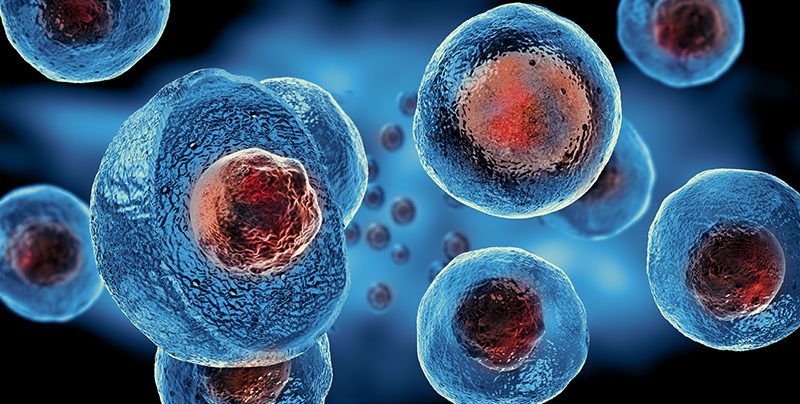Abstract
A new technology for analyzing quantification and degradation of proteins provides new insights into disease diagnosis, as well as understanding the molecular basis of autoimmune, cancer, neurodegeneration and other diseases. The related study result is published on Nature Biotechnology.
If we desire to figure out how the cells in our body work, or why they can not make the function in the case of disease, then we may need to cross the genes, even across the proteins they make, and start scrutinizing the 'garbage' in the cells.
Dr. Yifat Merbl, the scientist from the Weizmann Institute of Science, has developed a new technology - Cellular Dumpster-diving, which was found to contain multiple information related to cell functions. The researchers analyzed immune cells in patients with autoimmune diseases in this method, thereby discovering new ways to understand the underlying cause of the disease and developing better diagnostic methods.
Almost 70% of the protein in our body is broken down by the proteasome, including short-lived proteins that are made for a particular target, for example, to generate an immune response. 'Compared to structural proteins, these proteins may be produced in small quantities through strict regulation and rapid degradation, that's why the standard proteomics methods often ignore them,' Merbl said, 'But they are precisely proteins that are critical to cell function as their dysfunction plays an important role in many diseases. '
She added, 'Current proteomics can generate a detailed list of proteins expressed in cells, which is just like understanding people's lifestyles by observing their age, cooking taste or whether they like reading. And knowing their trash can understand what they ate, what they took, what they bought, and where they traveled. Similarly, when we observe cell waste, we can also describe disease states based on cell activity levels and protein activity, and reveal the issue of these cells.'
The key to the success of this research was the technology developed by the team to separate proteasomes from cells. The researchers removed the proteasome from the white blood cells of lupus patients and healthy controls, then carefully removed the peptides. The mass spectrometry was then used to screen and compare the peptide profiles discarded by the two groups. The research team named this method MAPP (Mass spectrometry Analysis of Proteolytic Peptides).
'One of the main advantages of this system is that it allows us to extract information about abnormal processes in cells, even from very small amounts of biological material, which makes it can be applied clinically,' said Hila Wolf-Levy, first author of this study.
